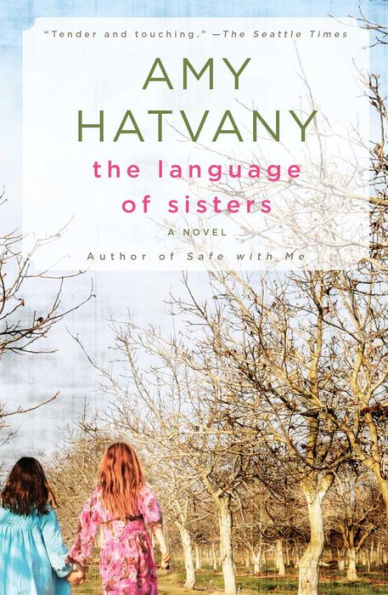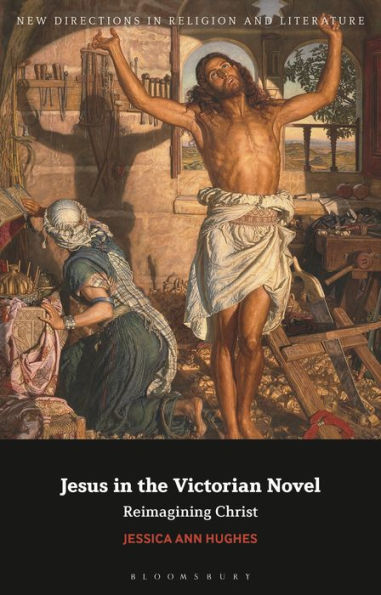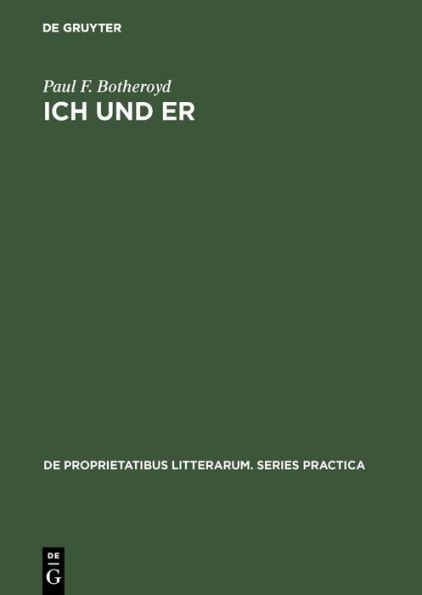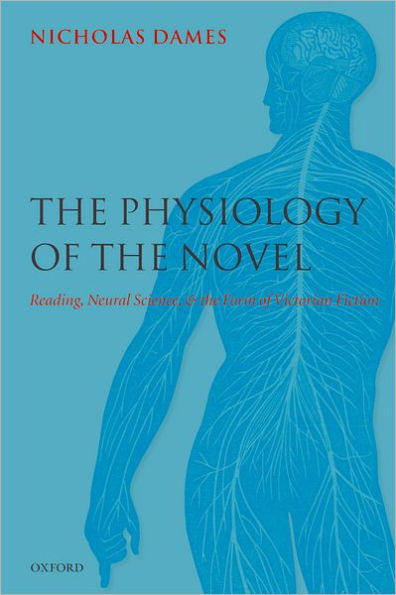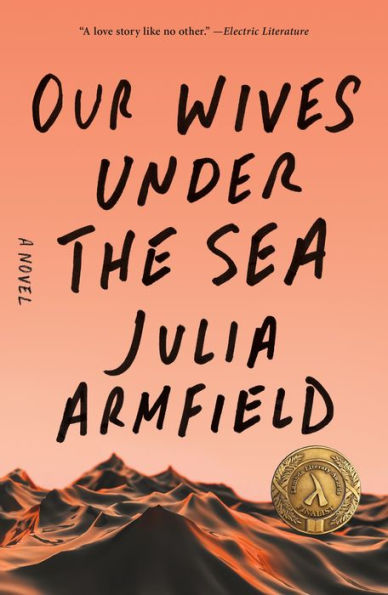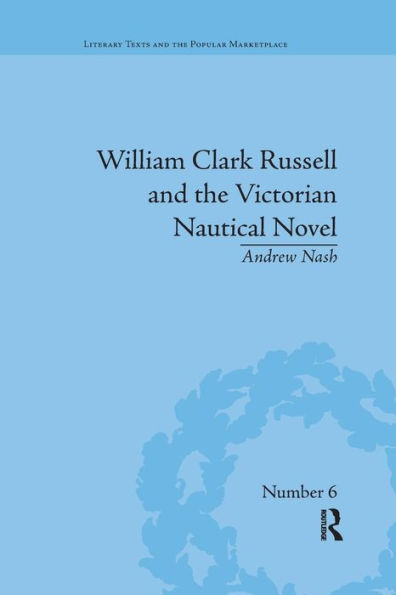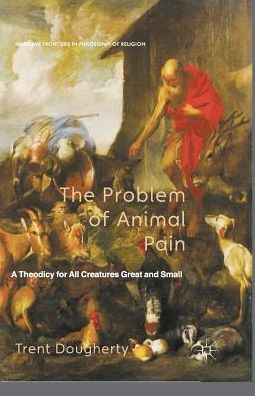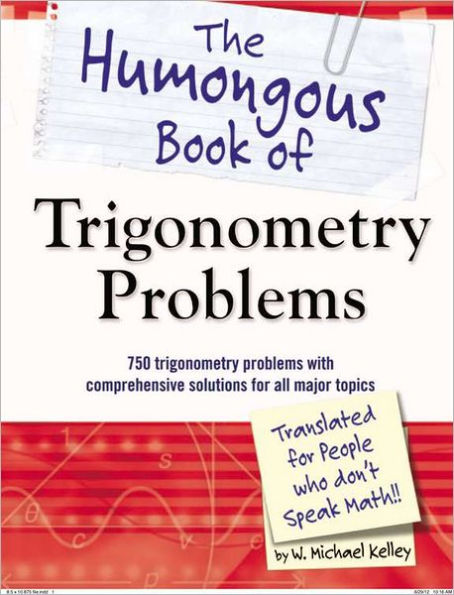Home
the Victorian Novel and Problems of Marine Language: All at Sea
Barnes and Noble
the Victorian Novel and Problems of Marine Language: All at Sea
Current price: $98.00
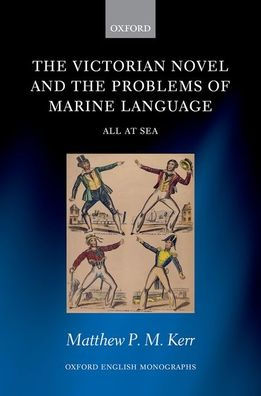

Barnes and Noble
the Victorian Novel and Problems of Marine Language: All at Sea
Current price: $98.00
Size: Hardcover
Loading Inventory...
*Product information may vary - to confirm product availability, pricing, shipping and return information please contact Barnes and Noble
To write about the sea in the nineteenth and early twentieth centuries was to do so against a vast accretion of past deeds, patterns of thought, and particularly patterns of expression, many of which had begun to feel not just settled but exhausted.
The Victorian Novel and the Problems of Marine Language
takes up this circumstance, showing how prose writers in this period grappled with the super-conventionalized nature of the sea as a setting, as a shaper of plot and character, as a structuring motif, and as a source of metaphor.
But while writing about the sea required careful negotiation of multiple andsometimes conflicting associations, the sea's multiplicity and freight function not just as impediments to thought or expression but as sources of intellectual and expressive possibilities.
treats a provocatively diverse group of key authors spanning from the 1830s to the 1930s and including both those inextricably associated with the sea (Frederick Marryat, Joseph Conrad) and those whose writings are less obviously marine, such as Charlotte Brontë, Charles Dickens, George Eliot, William Makepeace Thackeray, and Virginia Woolf. What these writers share, among other things, is that they simultaneously register and turn to account the difficulties that attend writing about, and writing with, the sea. In the process, their sea-writing sheds new light on the value of marginalized representational techniques including repetition, cliché, and imprecision.
The Victorian Novel and the Problems of Marine Language
takes up this circumstance, showing how prose writers in this period grappled with the super-conventionalized nature of the sea as a setting, as a shaper of plot and character, as a structuring motif, and as a source of metaphor.
But while writing about the sea required careful negotiation of multiple andsometimes conflicting associations, the sea's multiplicity and freight function not just as impediments to thought or expression but as sources of intellectual and expressive possibilities.
treats a provocatively diverse group of key authors spanning from the 1830s to the 1930s and including both those inextricably associated with the sea (Frederick Marryat, Joseph Conrad) and those whose writings are less obviously marine, such as Charlotte Brontë, Charles Dickens, George Eliot, William Makepeace Thackeray, and Virginia Woolf. What these writers share, among other things, is that they simultaneously register and turn to account the difficulties that attend writing about, and writing with, the sea. In the process, their sea-writing sheds new light on the value of marginalized representational techniques including repetition, cliché, and imprecision.
